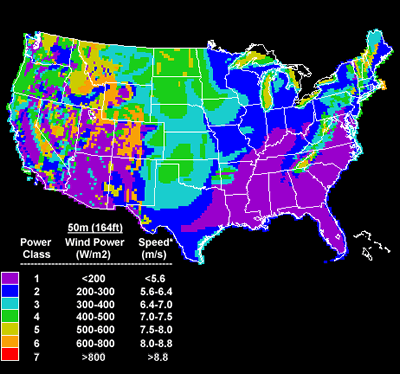People are breaking wind in a big way these days. Wind breaking for energy means big bucks. Some analysts estimate $20,000 per back acre a year in royalties (if you can convince your neighbors to put up with the unpleasantries). Beyond that, you can rent portions of your back acreage to others, allowing them to break wind as well, and substantially increase your earnings.
Some say we’re missing a key market sector in the U.S. by ignoring our ability to break wind. “U.S. wind should be way passed gas,” stated entrepreneur Gus T. Breece at a recent energy conference. “Germany and Spain have developed their wind way beyond our current capacity, and they don’t have nearly as much wind as we do. Americans are the windiest,” continued Breece. “I do not know if it’s our fast-food diets, all the high-fructose corn syrup, or Rush Limbaugh, but we definitely have more wind than any other country.”
Wind to energy is an increasingly viable option for this country. The central part of the United States has a strong wind corridor that goes from Pampa, Texas, to the Canadian border. In addition, it is the best location from a security and safety standpoint. The chart below shows the highest potentials for breaking wind in the U.S.
|

Estimates of the wind resource are expressed in wind power classes ranging from class 1 to class 7, with each class representing a range of mean wind power density or equivalent mean speed at specified heights above the ground. Areas designated class 4 or greater are suitable with advanced wind turbine technology under development today. Power class 3 areas may be suitable for future technology. Class 2 areas are marginal and class 1 areas are unsuitable for wind energy development. Source: USDOE.
|
|
|
Breaking wind is catching on. Just this month alone there were wind breaking ceremonies held at over 150 new turbine sites. A leading spokesman, Sully Haines, from the Fanular Air Rotating Turbine Co. (or F.A.R.T), states “these events bring many people together to celebrate the breaking of wind.”
“I broke wind in 25 states last year,” said Breece. “I like to break wind in some of the more remote areas of the country because my wind breaking is generally a larger undertaking than is advisable in more populated areas.”
Wind breaking is not without its’ shitfalls, however: “We had a real tragedy at one of our wind breaking sites last fall,” sharted Breece. “It was such a large wind breaking event that over a dozen bald eagles were reportedly killed outright.” Birds are apparently very susceptible; they can be knocked right out of the sky. “It’s almost like one of those Biblical stories,” continued Breece. “You know, where birds just drop dead in mid-flight, and end up turning into pillars of salt in burning bushes or something.”
Wind power is clean, renewable, and abundant. Currently, just under 1% of all of our electrical power is wind generated (Source: DOE). By the year 2030, the DOE projects that almost 20% of the U.S. electrical demand will be supplied by wind. Harnessing all of the potential wind energy in the U.S. with today’s turbine technology would produce over 150% of the total U.S. electrical demand. As wind technology advances, that potential capacity can only increase.
So let’s decrease our dependence on foreign oil, people. So let’s get out there and break some wind today.
